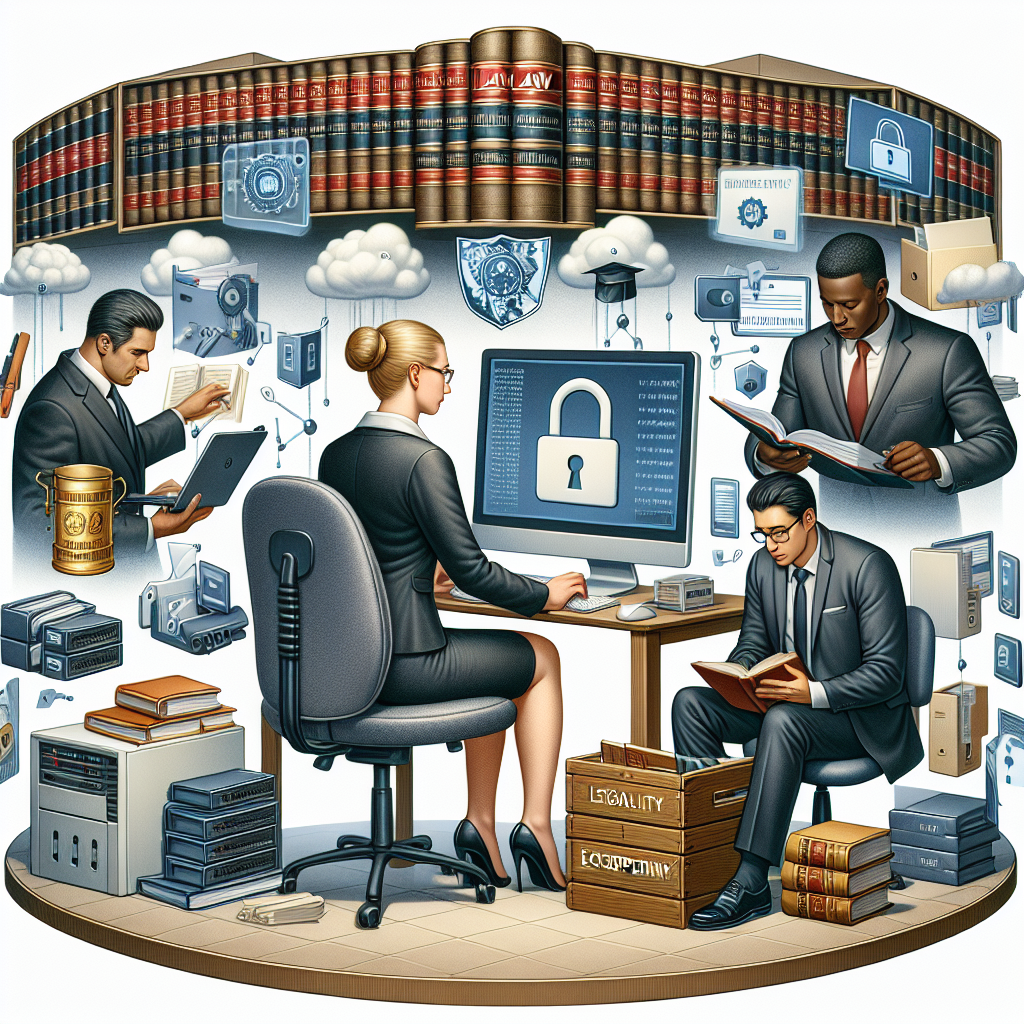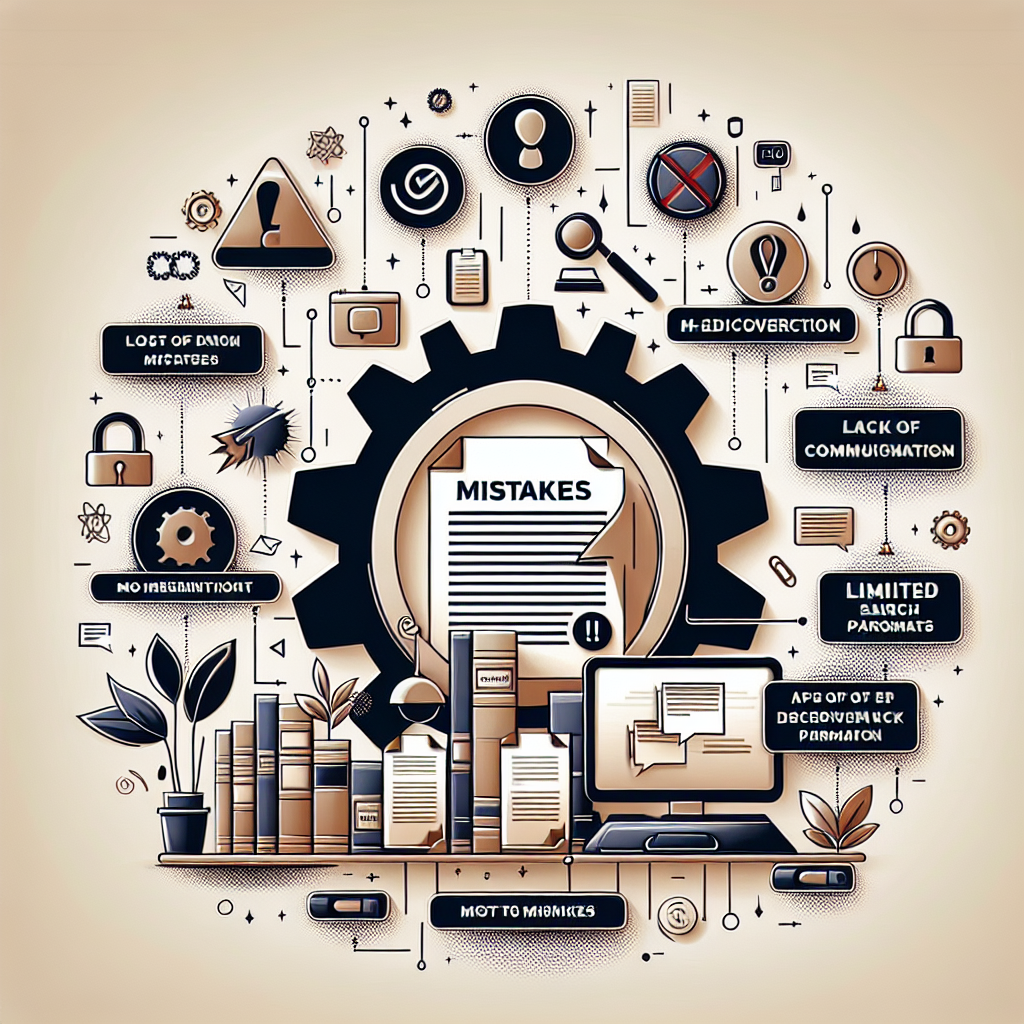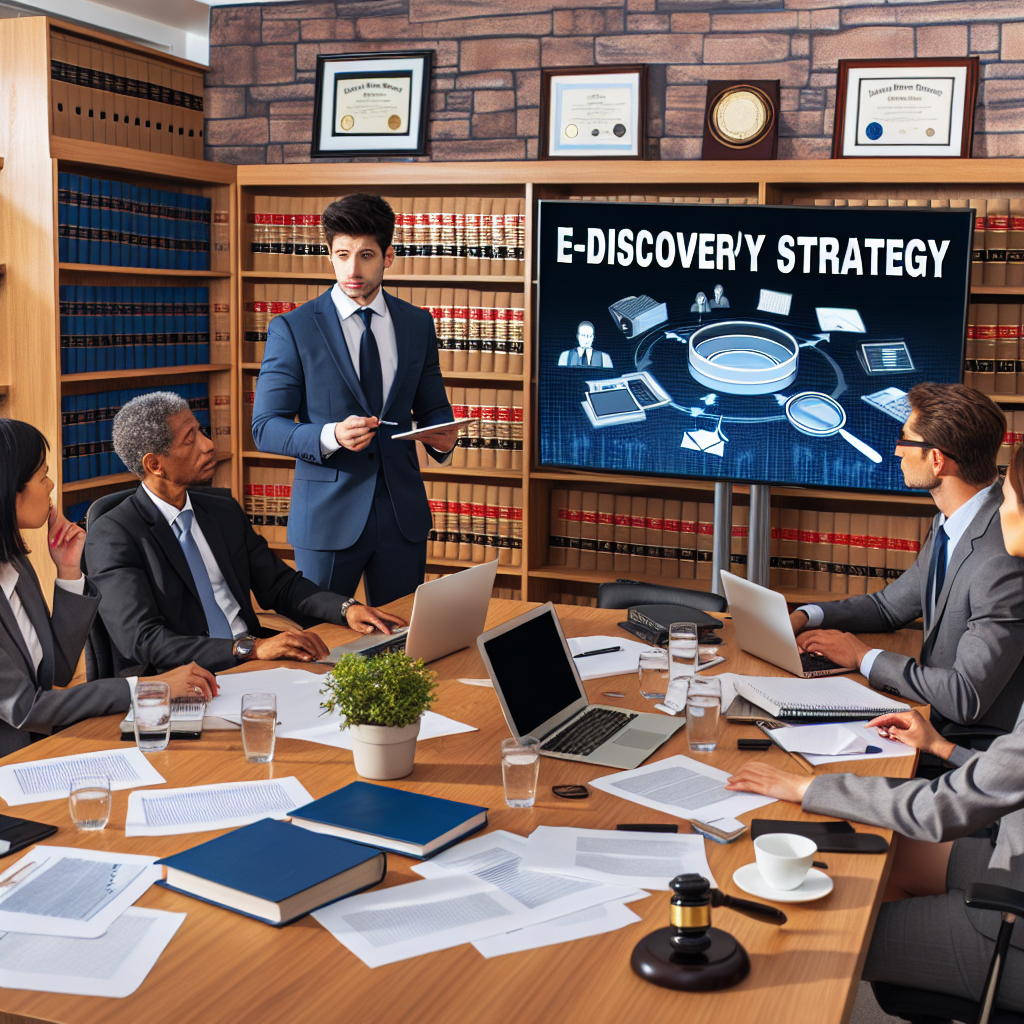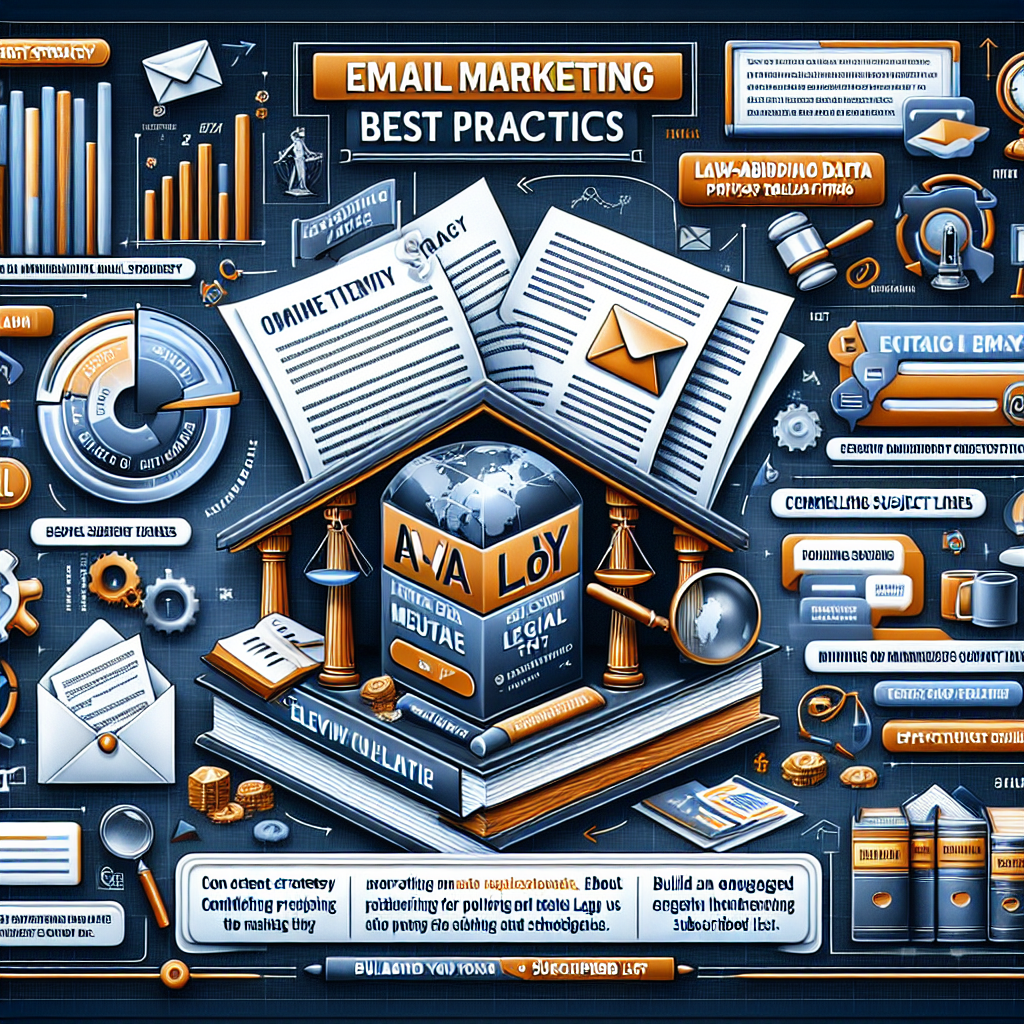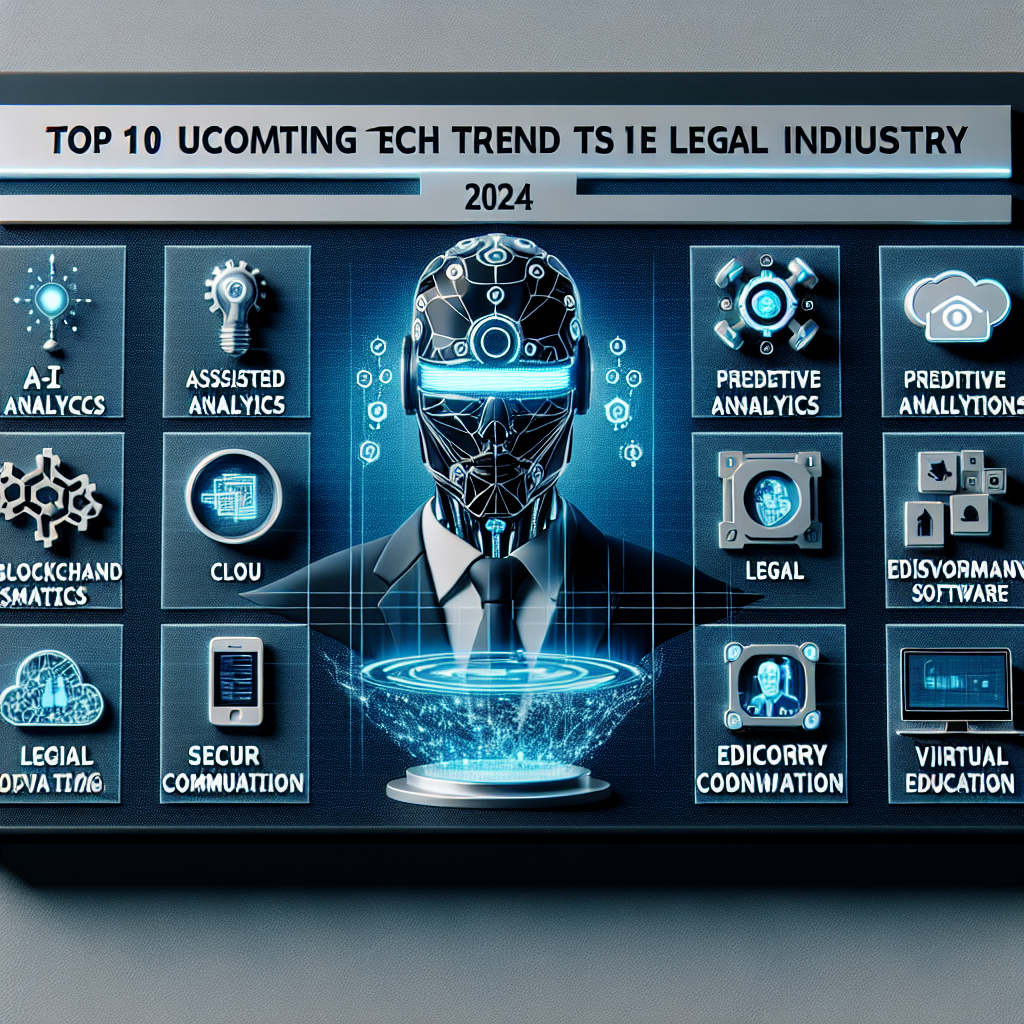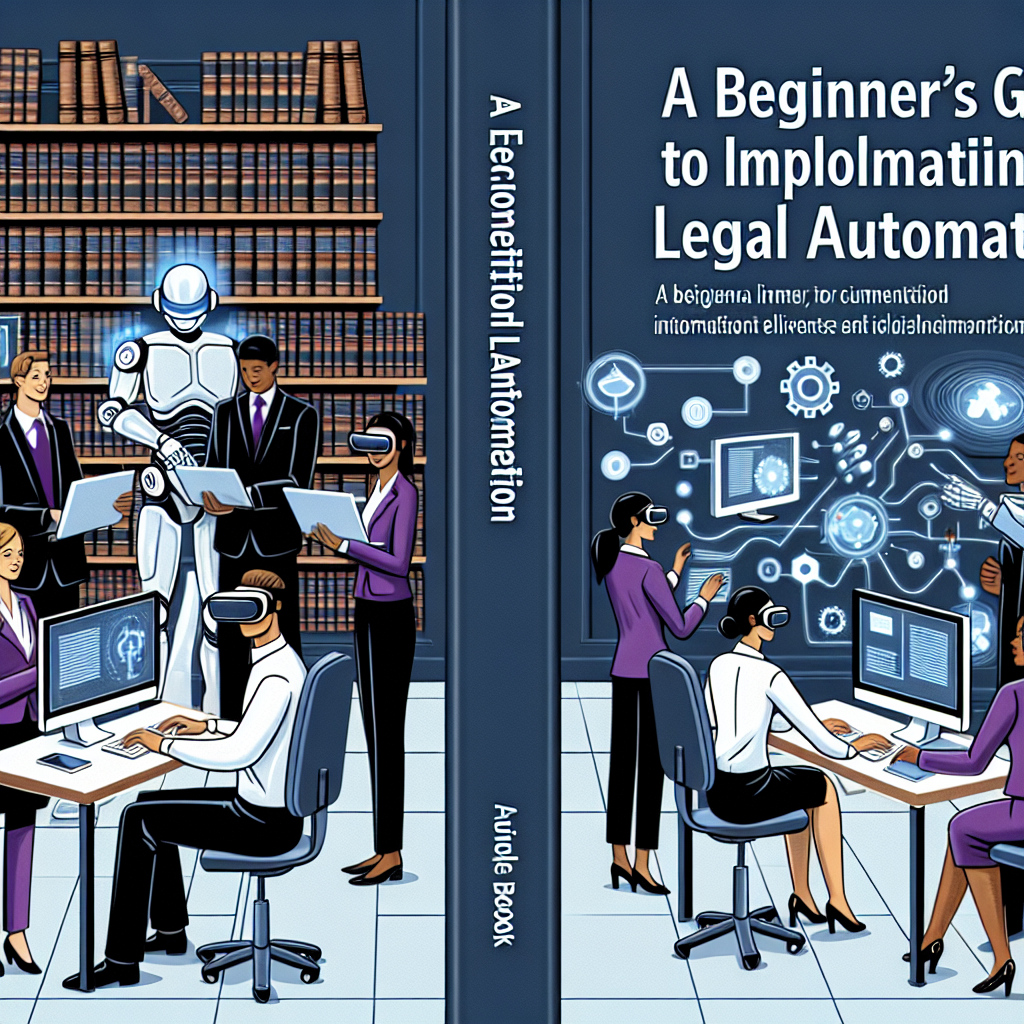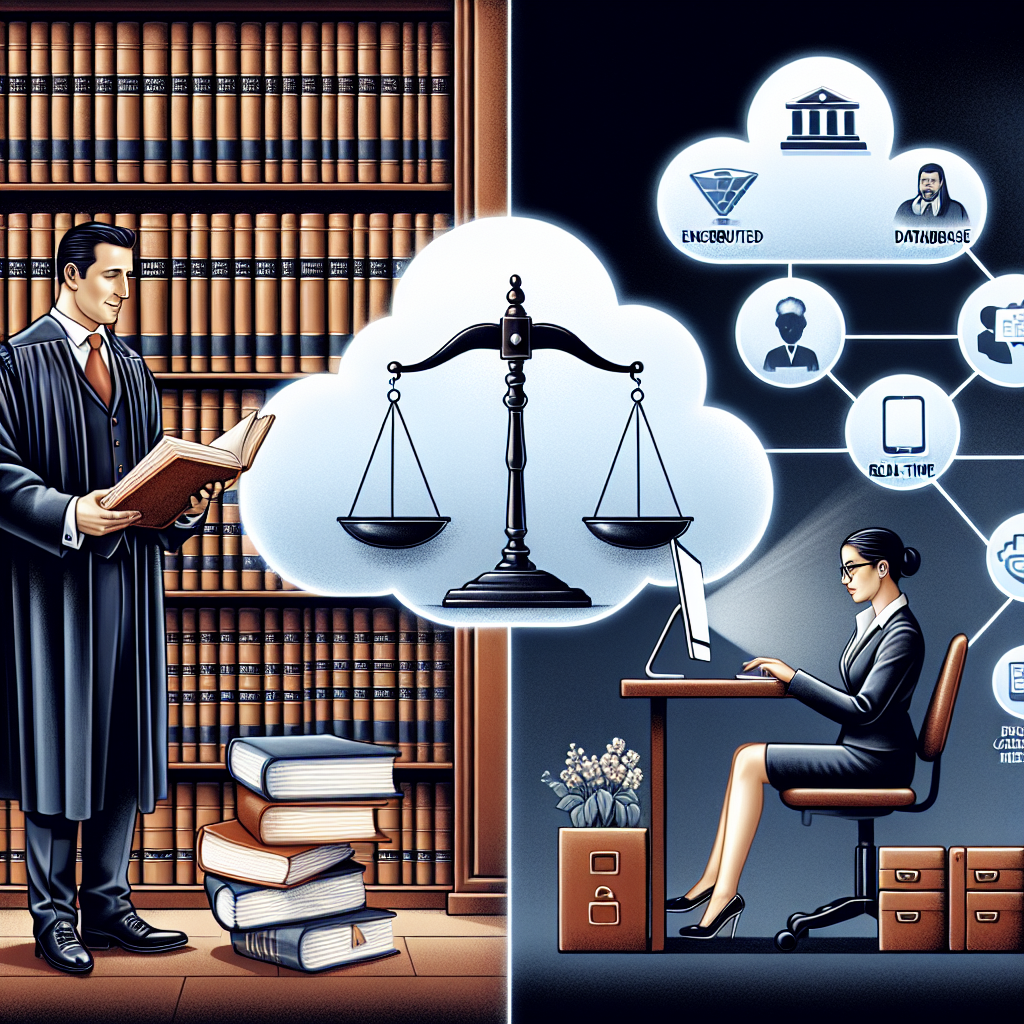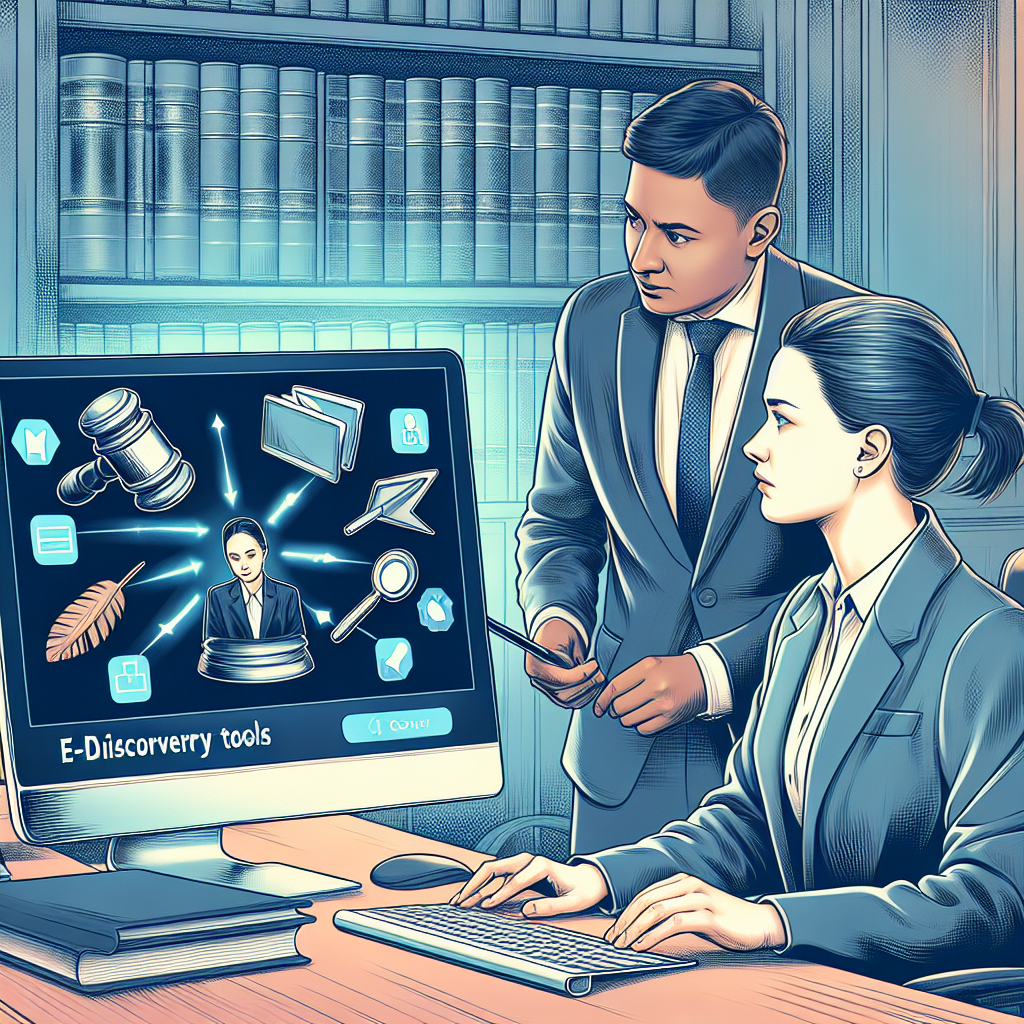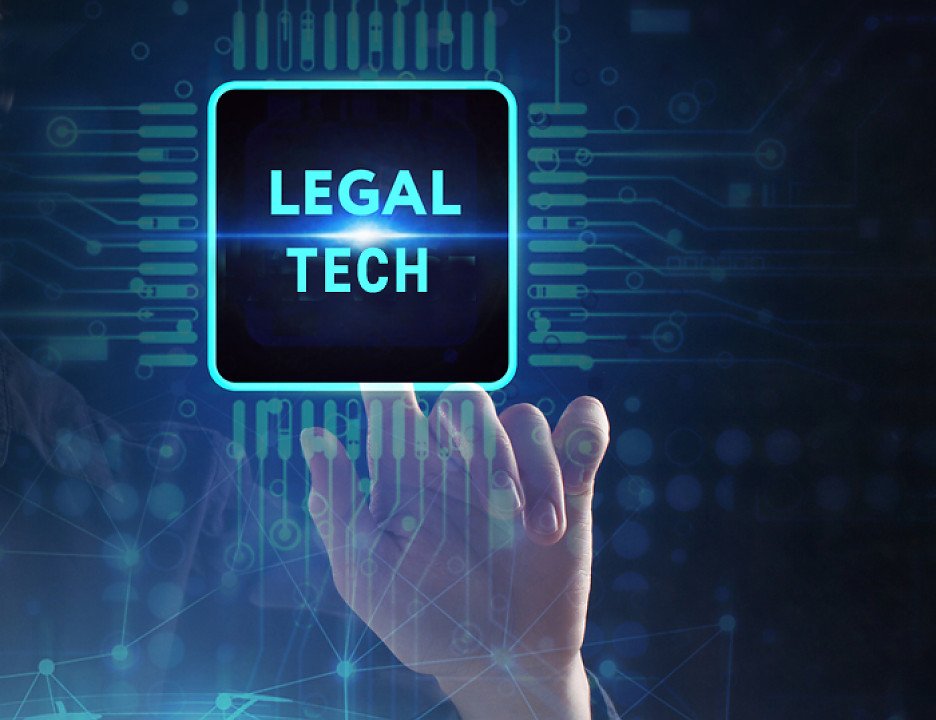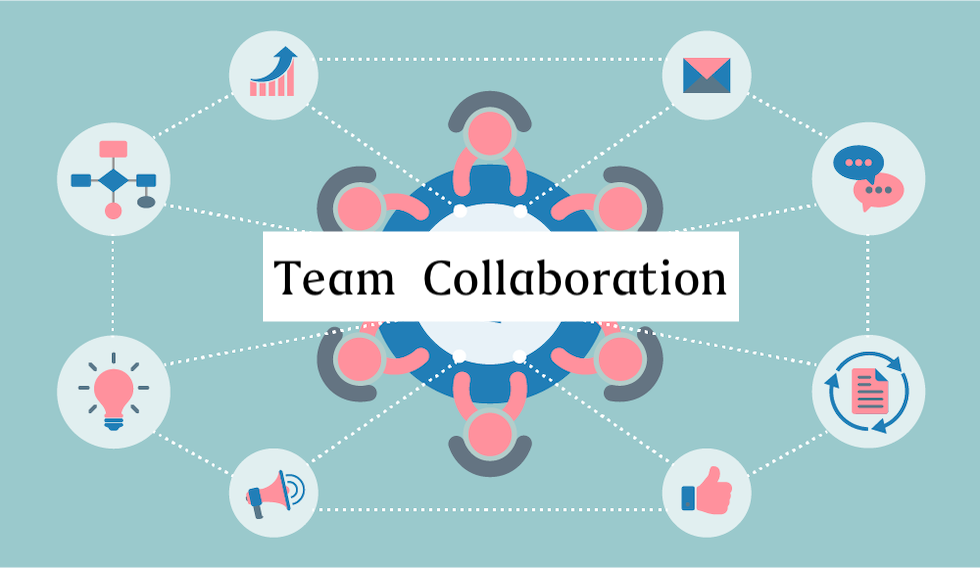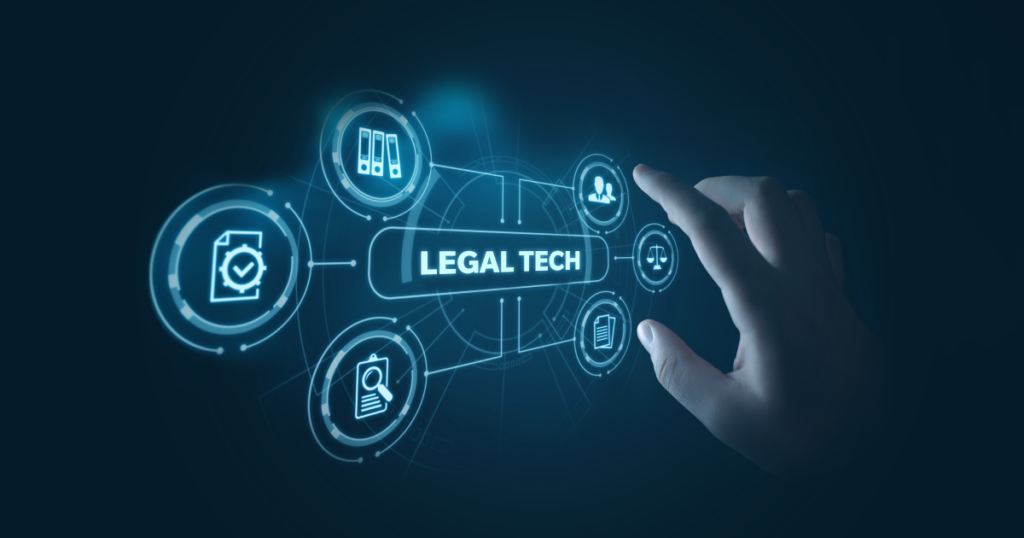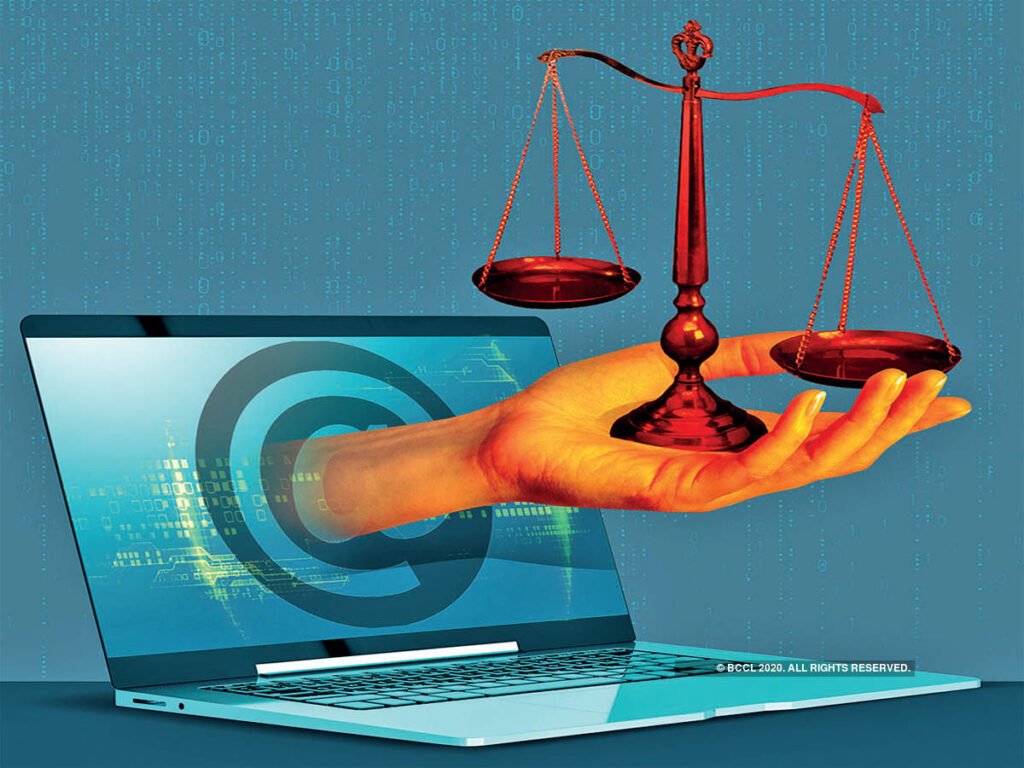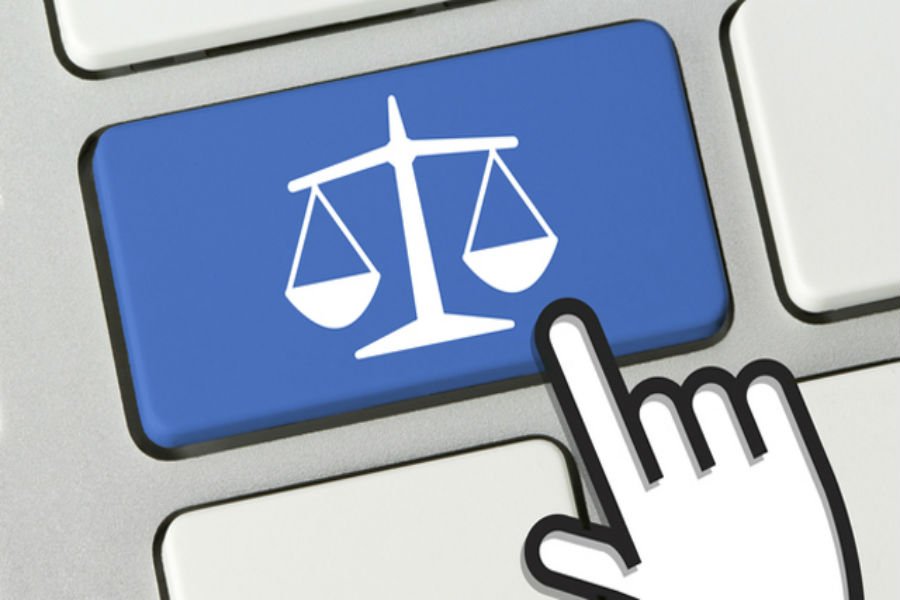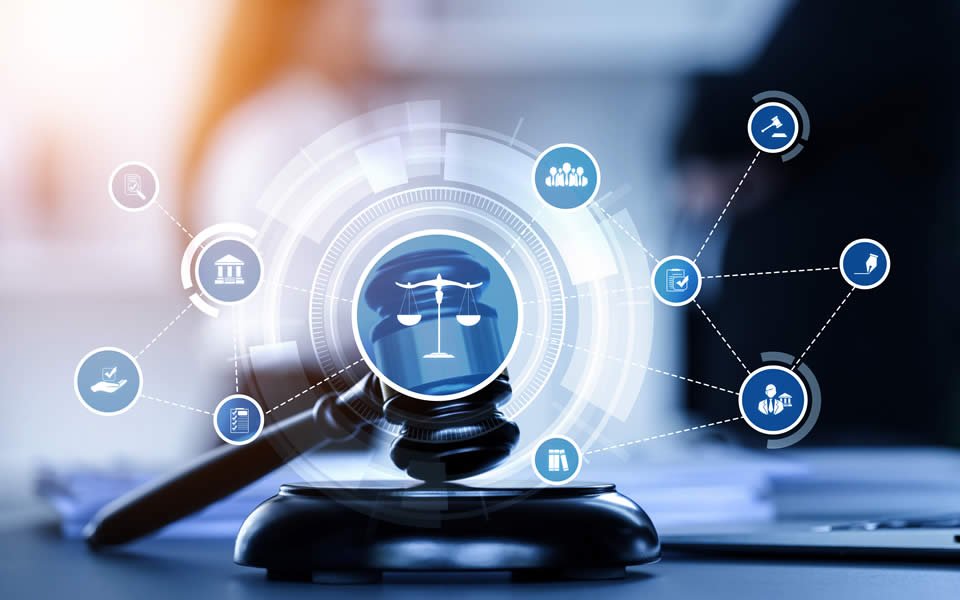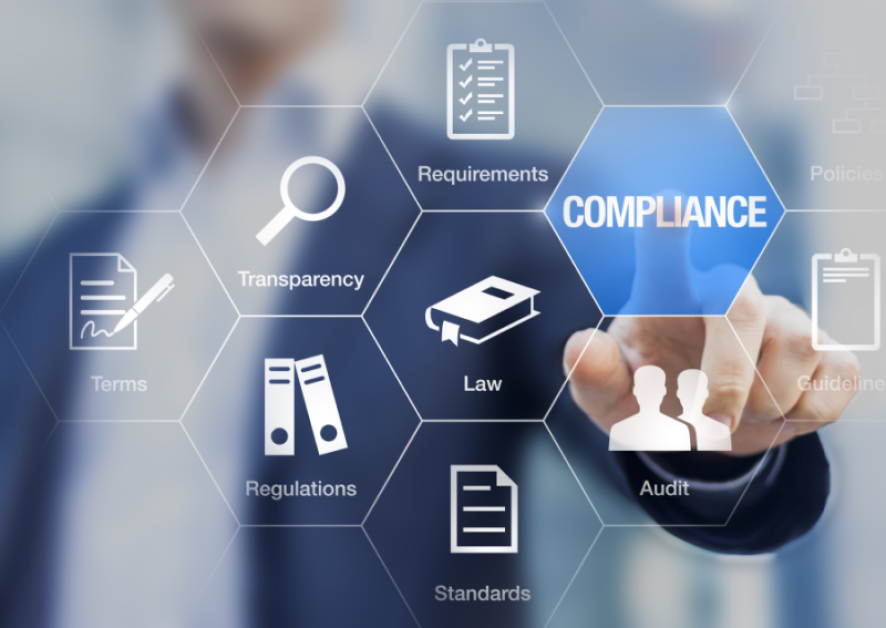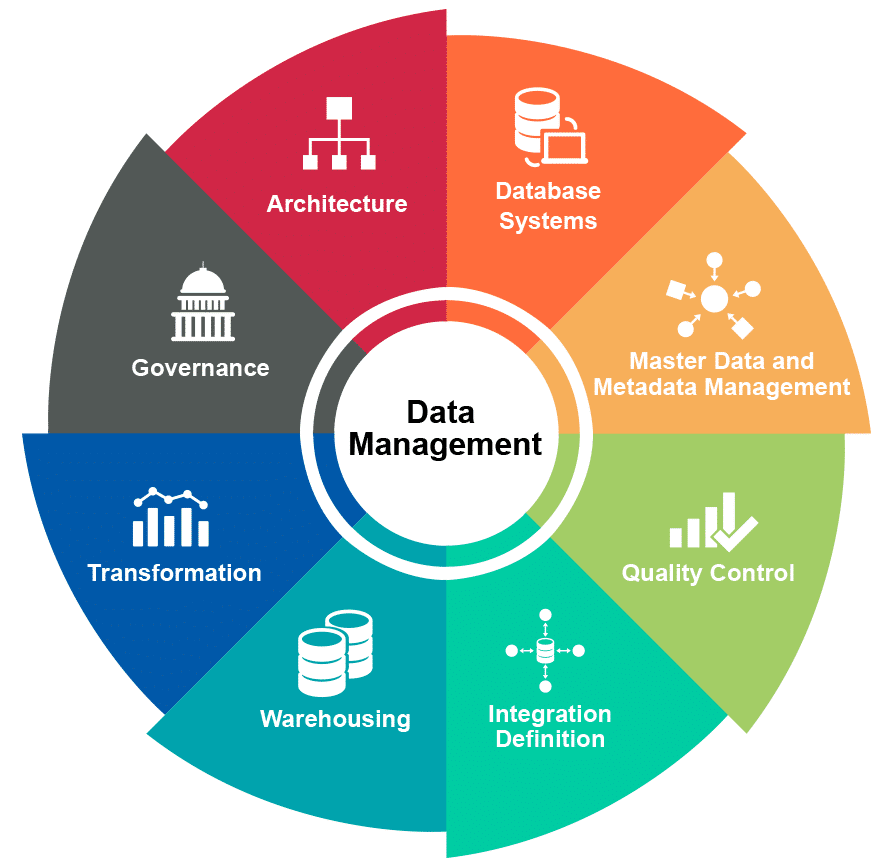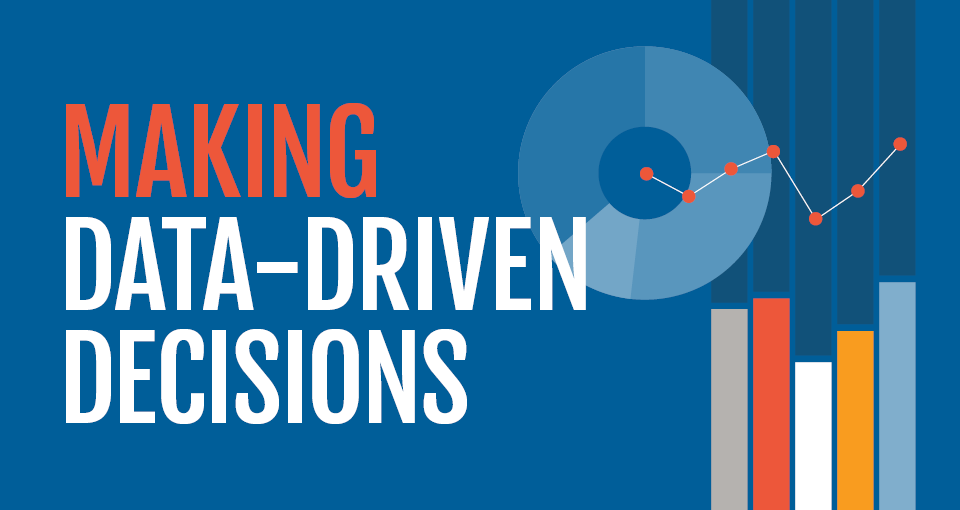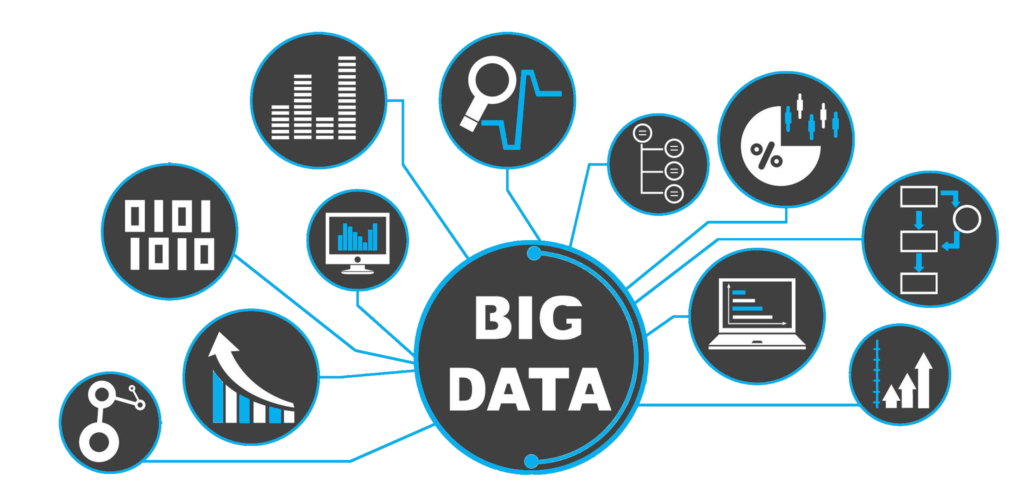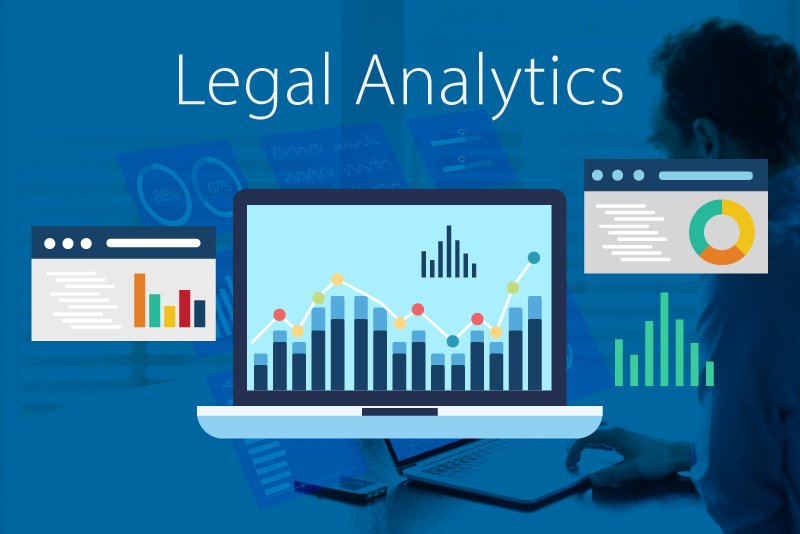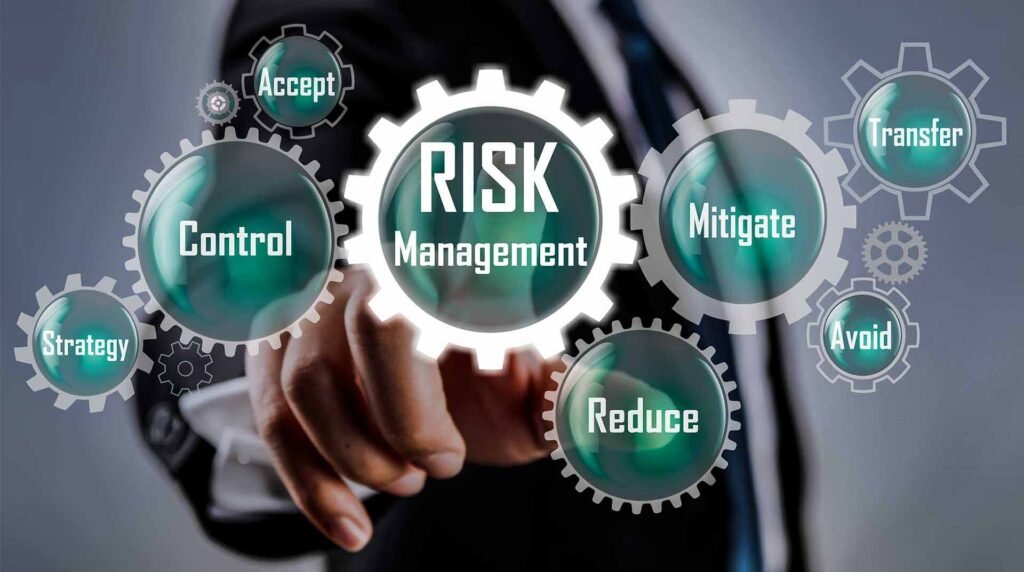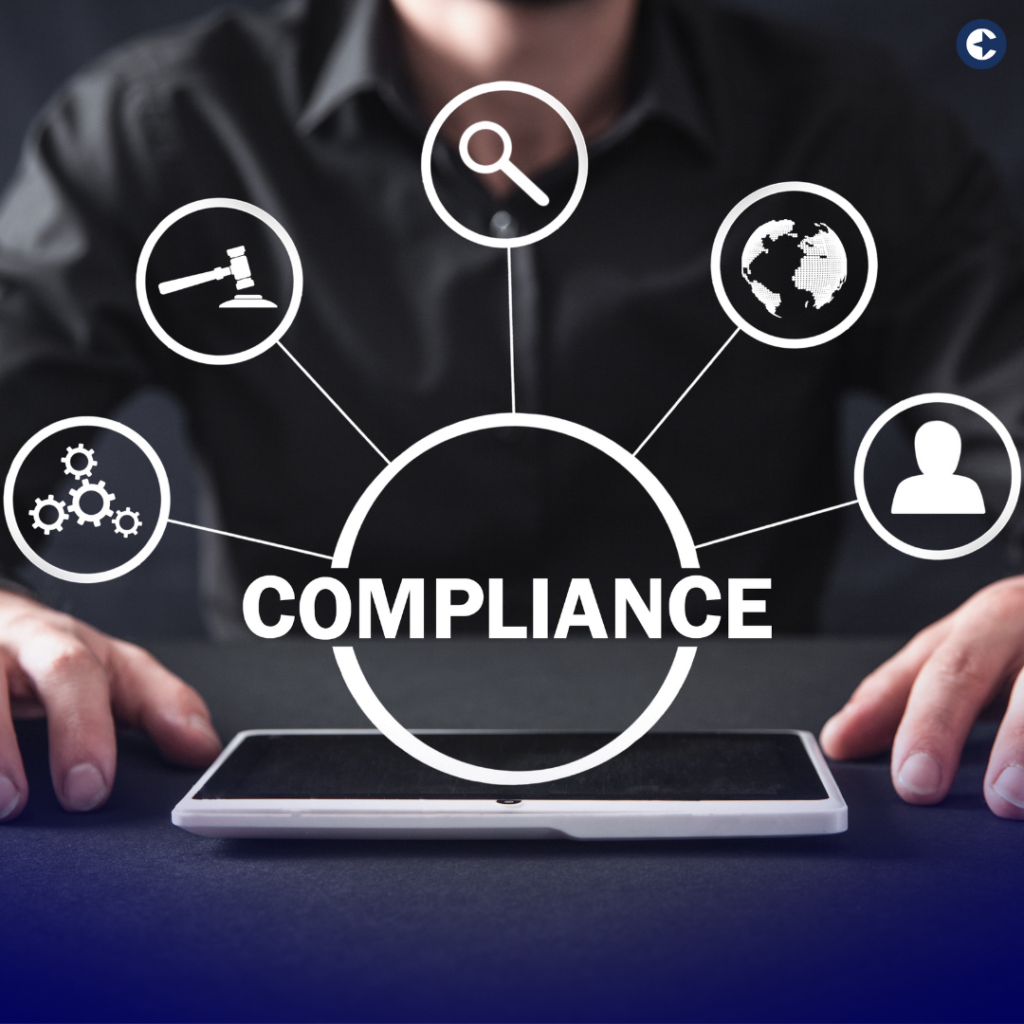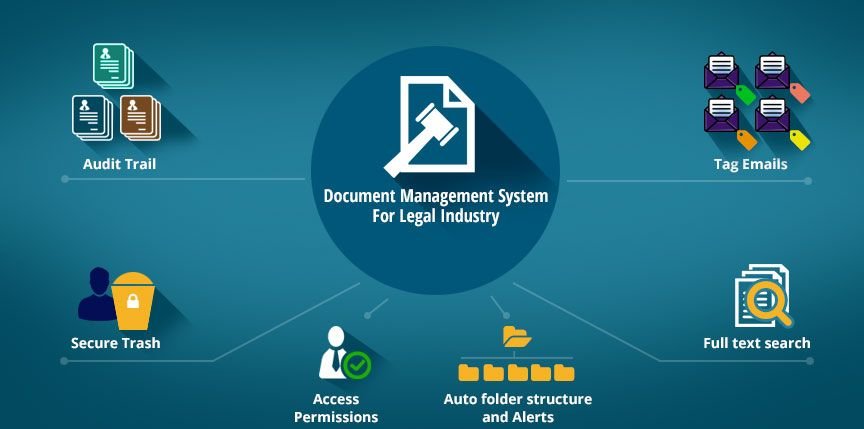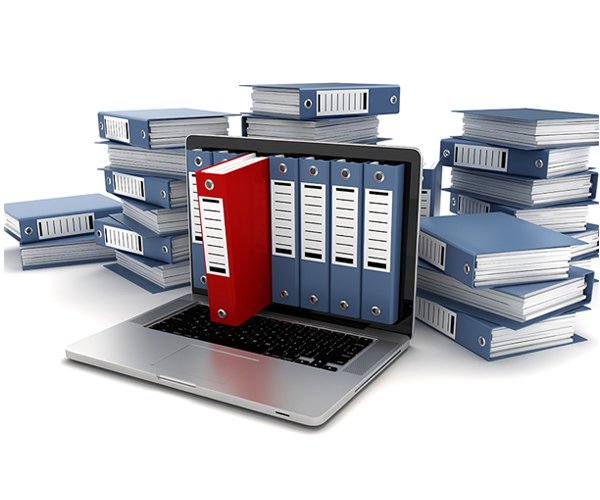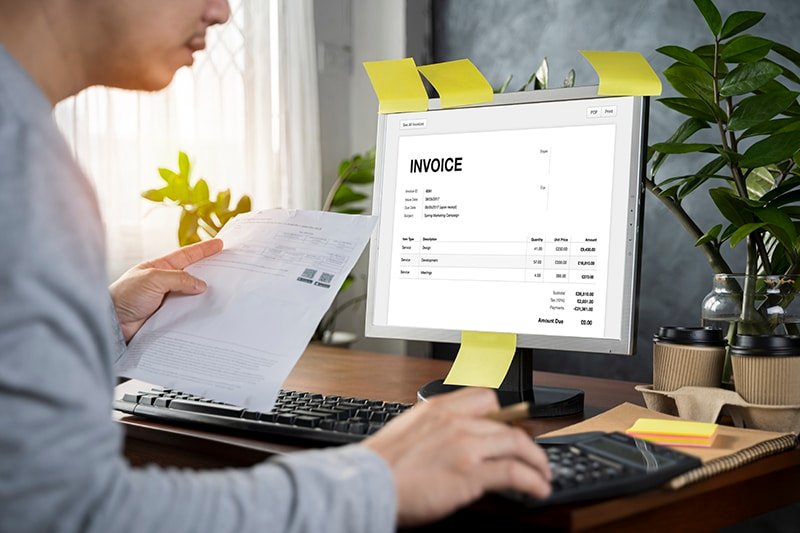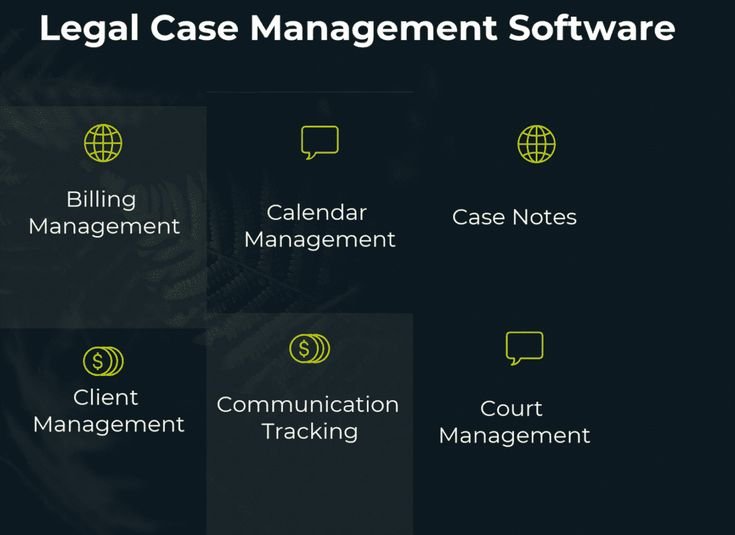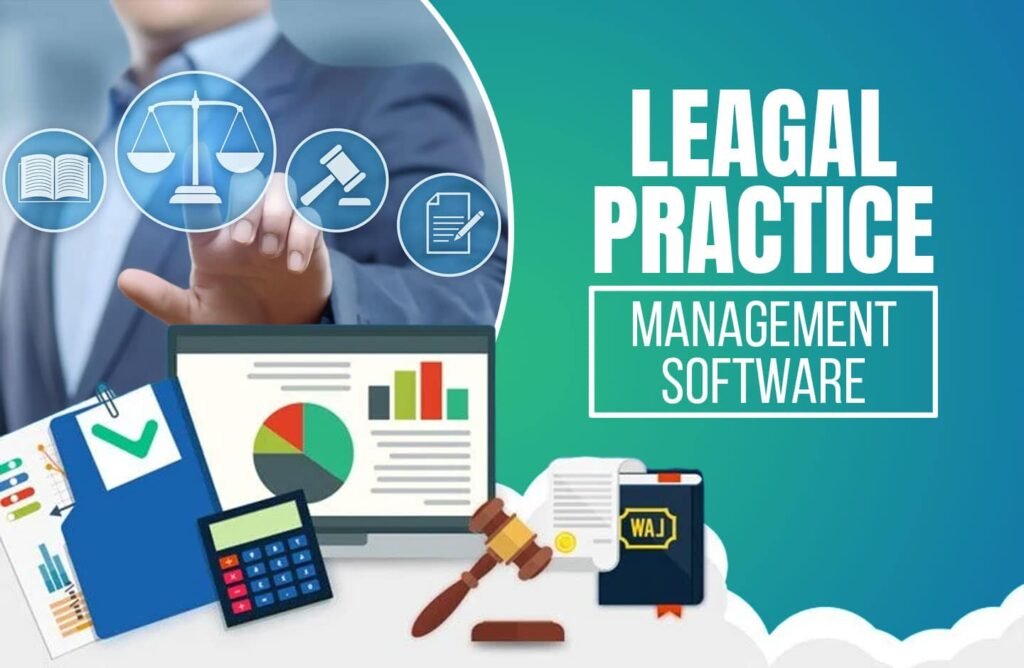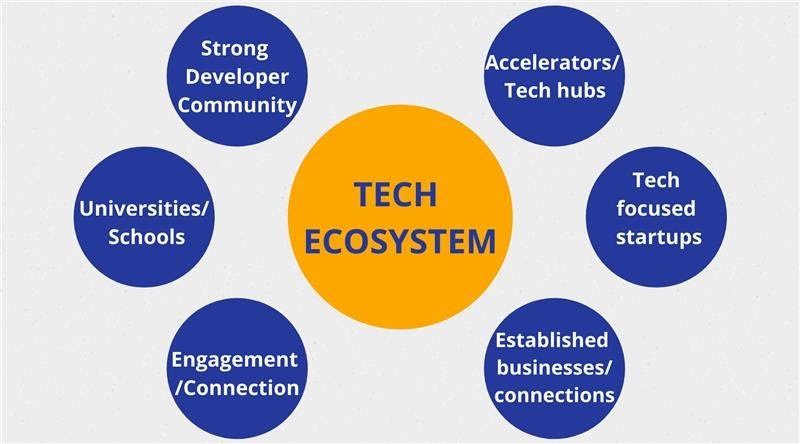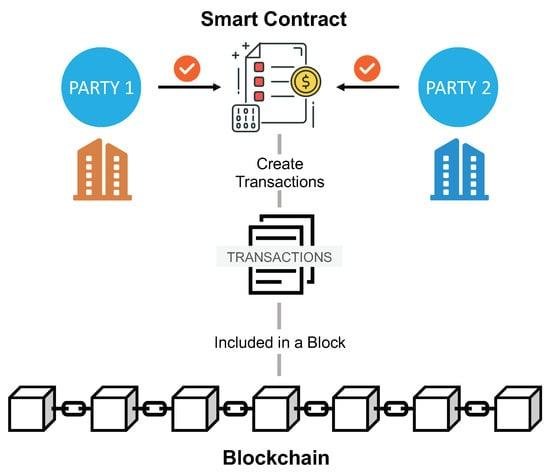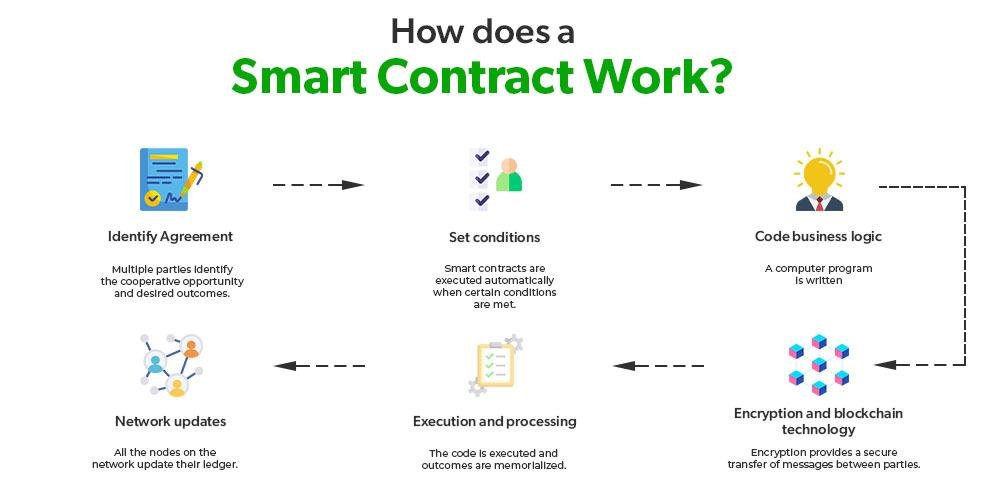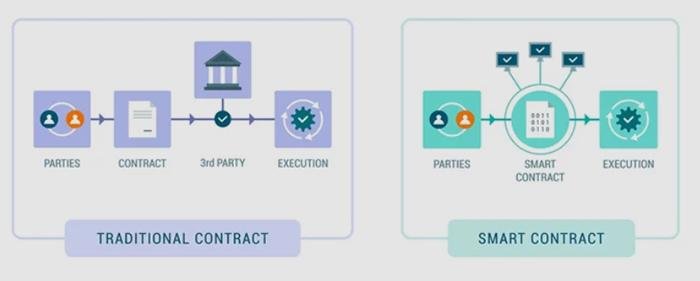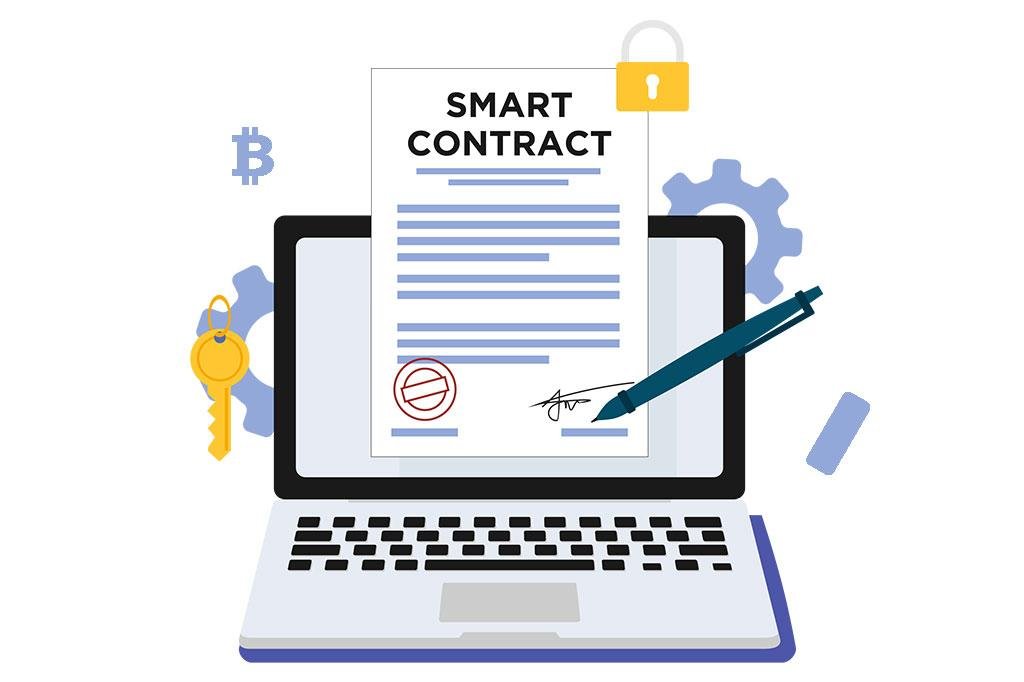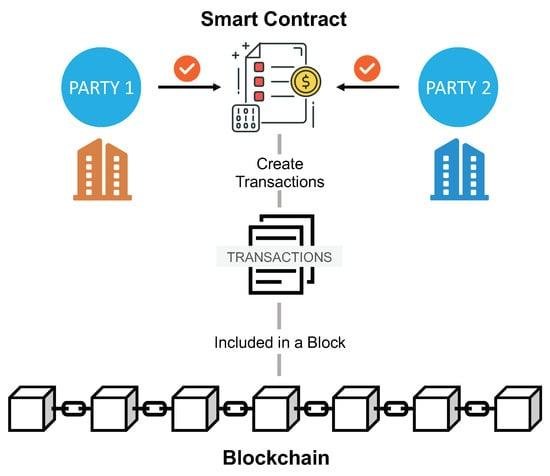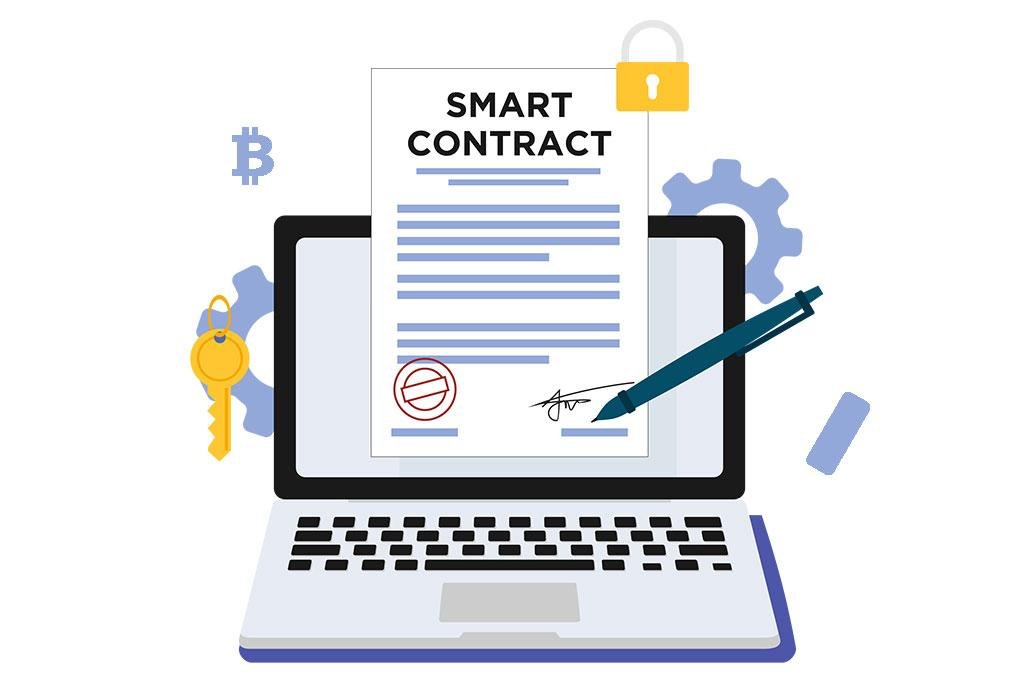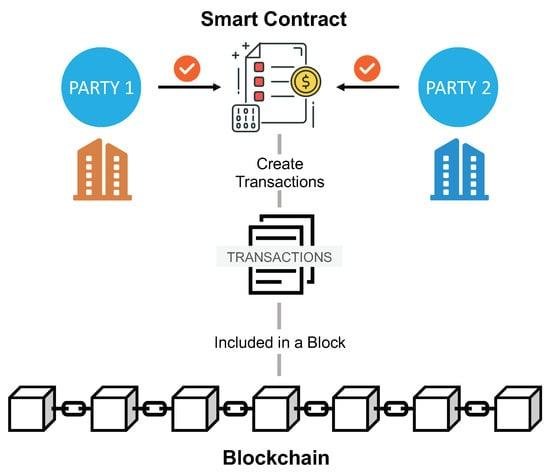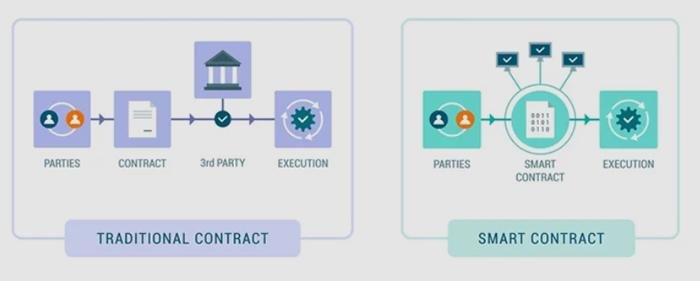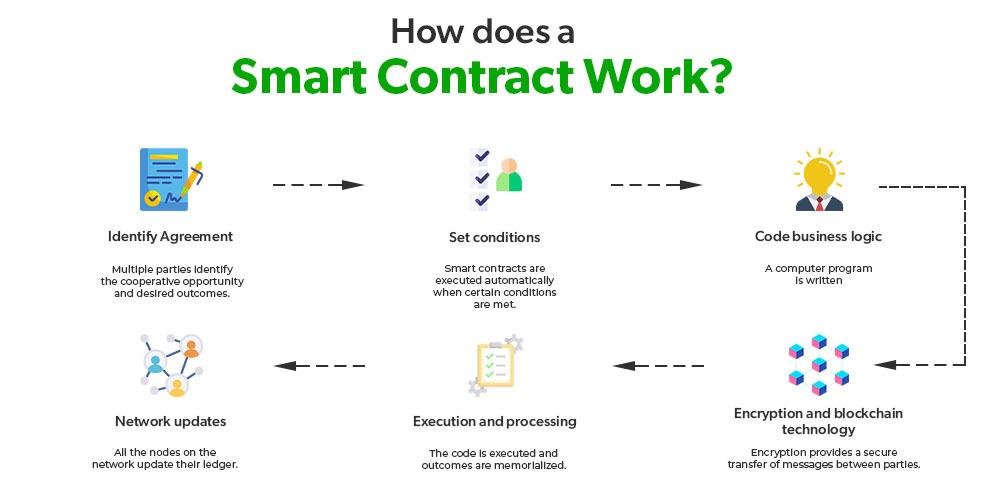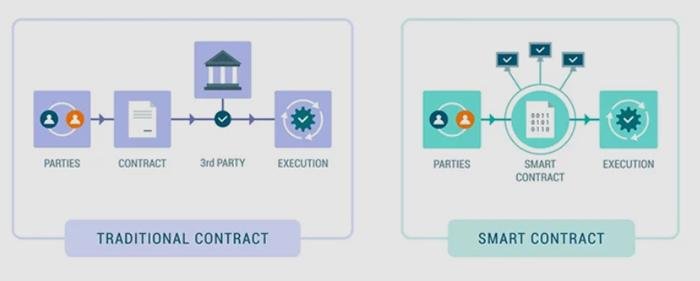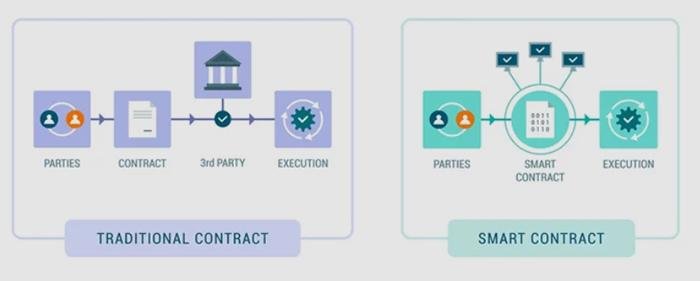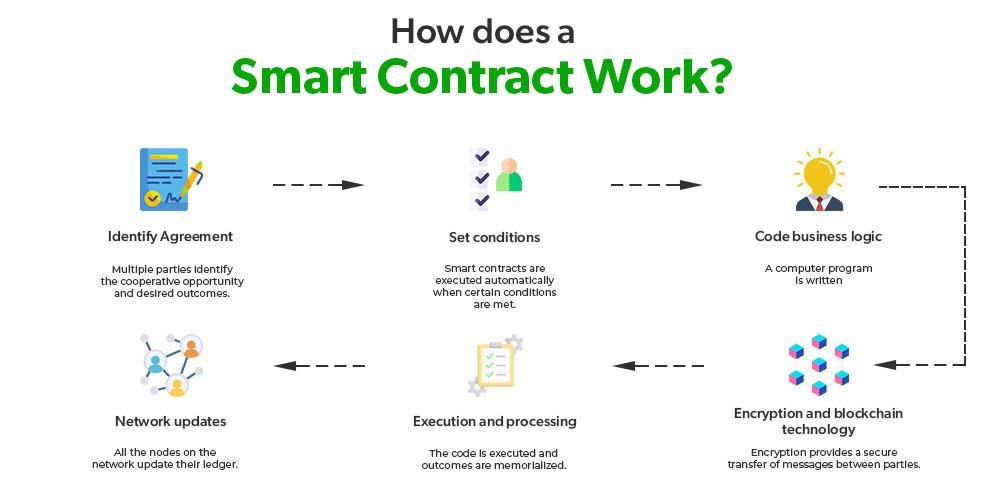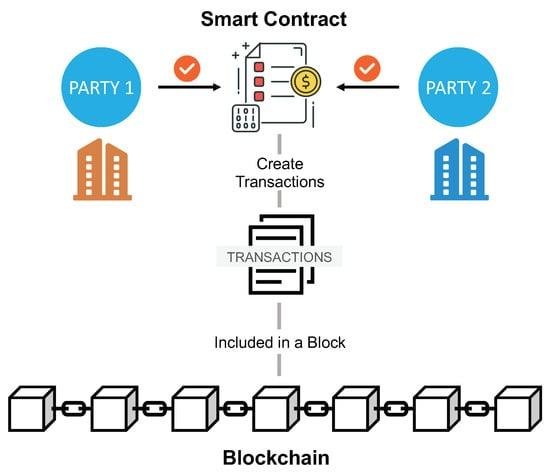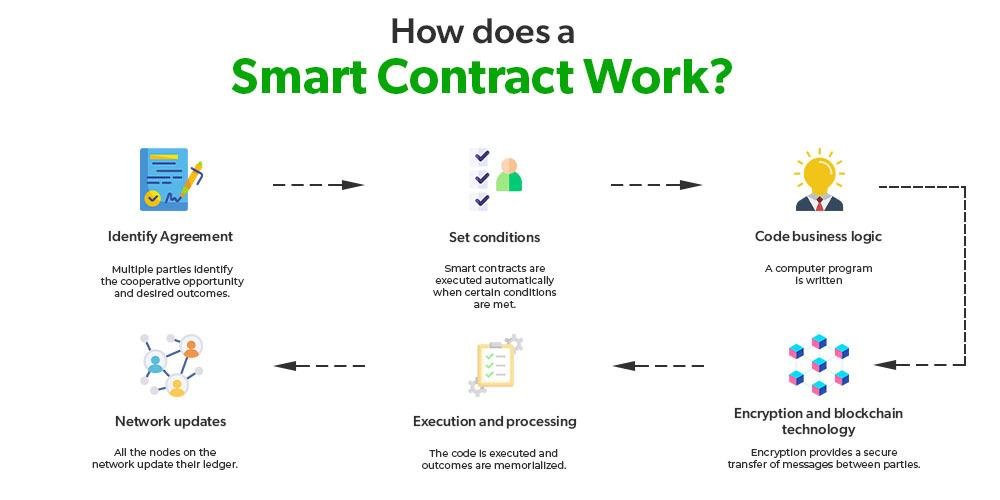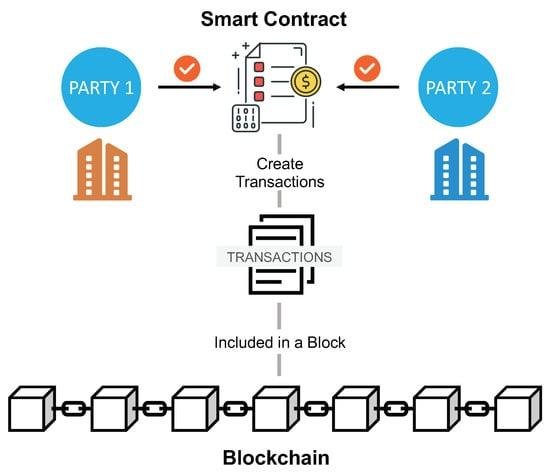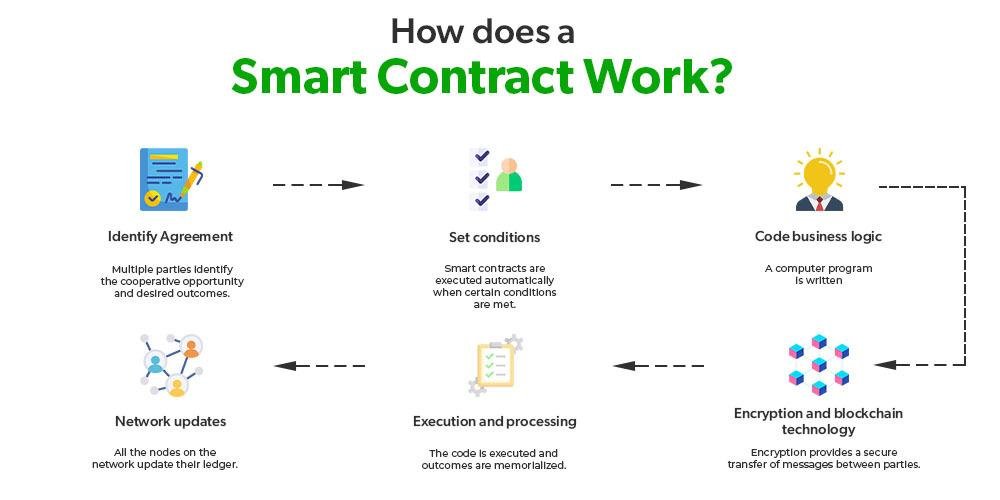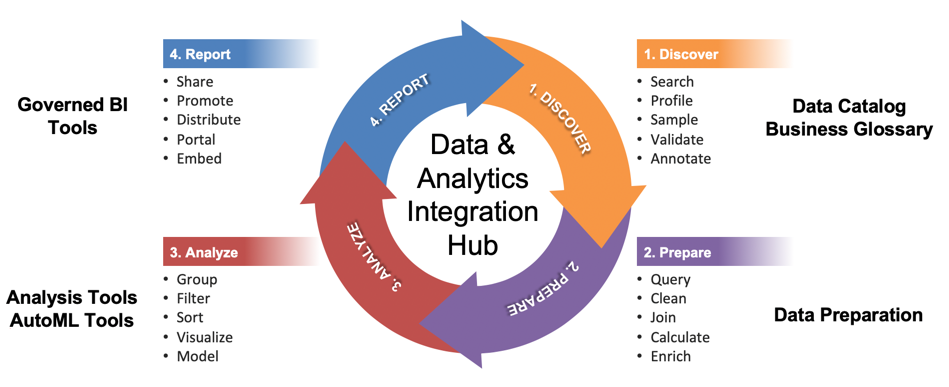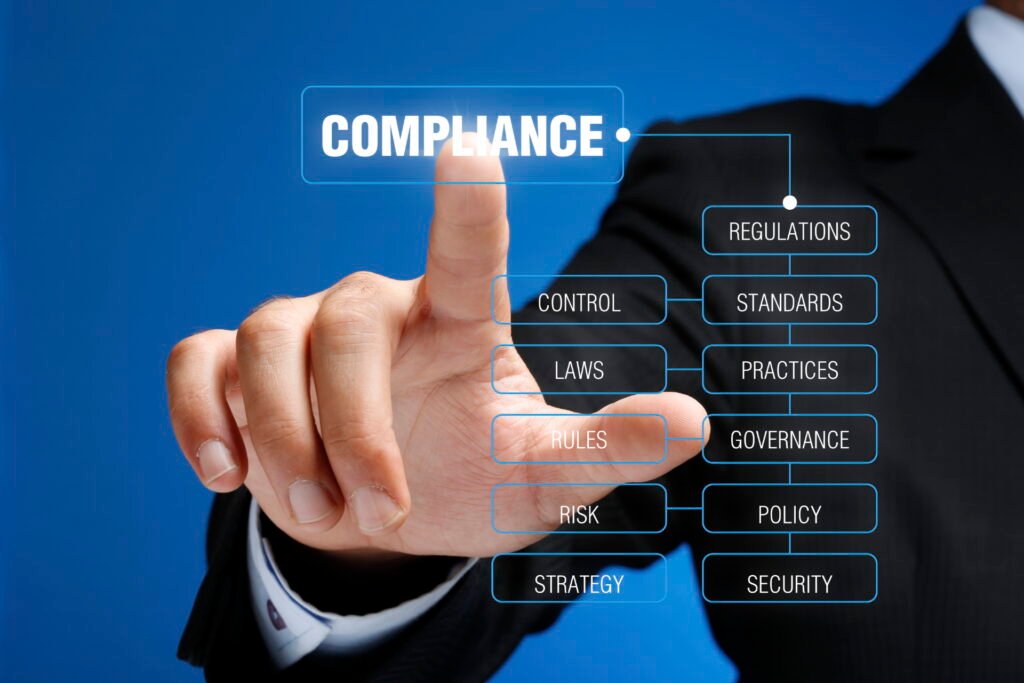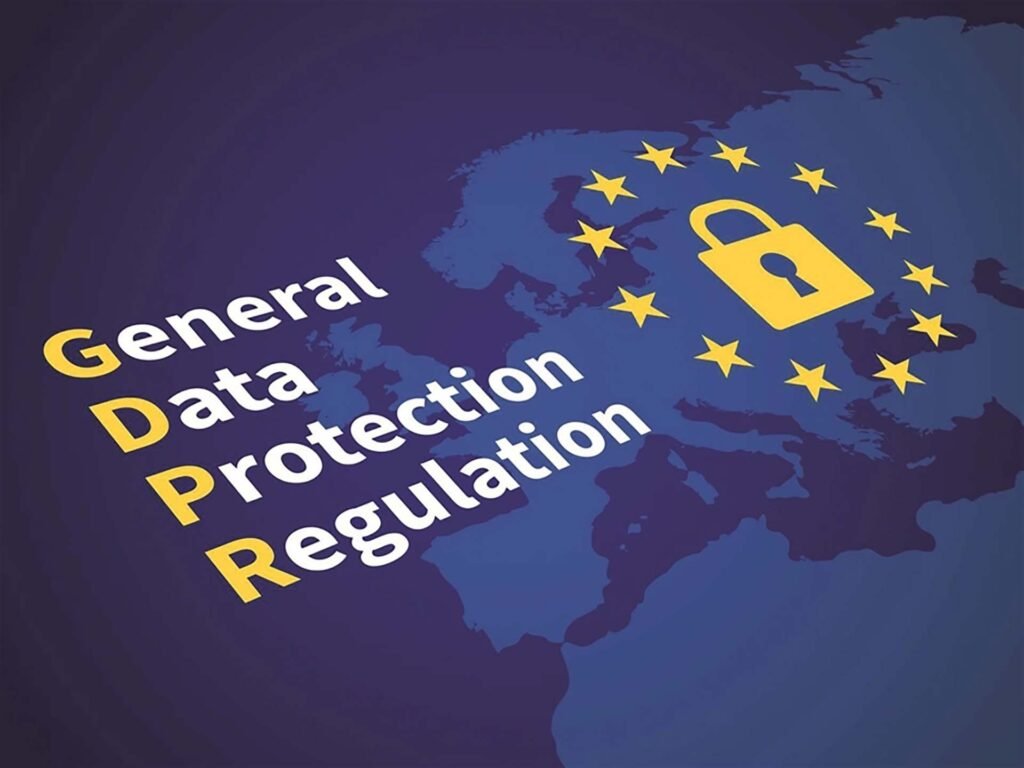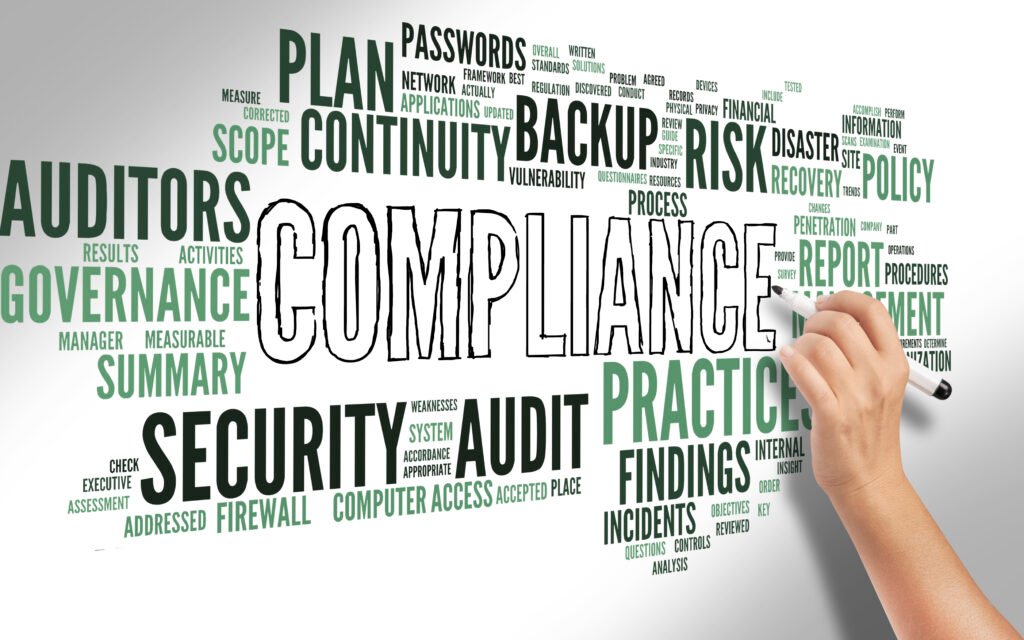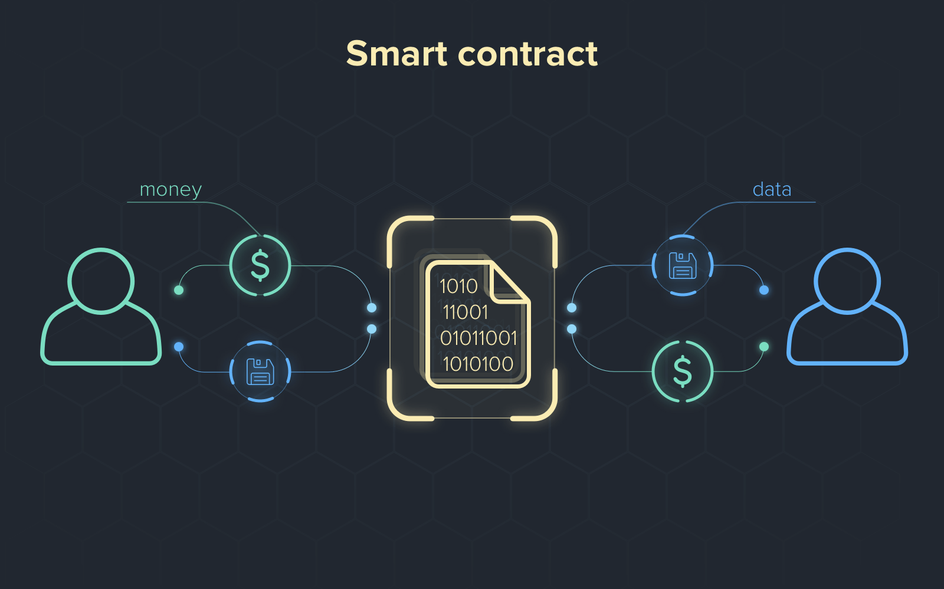Mastering E-Discovery: Tools and Tactics for the Modern Lawyer
Mastering E-Discovery: Tools and Tactics for the Modern Lawyer
E-discovery, short for electronic discovery, has become an indispensable aspect of modern legal practice. In an era where digital information is central to many legal cases, mastering e-discovery tools and tactics is essential for lawyers and legal professionals. In this comprehensive guide, we’ll delve into the world of e-discovery, explore the tools and strategies that empower legal professionals, and provide insights into its importance in the contemporary legal landscape.
Understanding E-Discovery
E-discovery refers to the process of identifying, collecting, and managing electronically stored information (ESI) for legal purposes. This includes emails, documents, databases, and any other digital data that might be relevant in a legal case. E-discovery plays a crucial role in legal proceedings, as it allows lawyers to gather evidence, assess the strength of their case, and comply with discovery requests.
The Importance of E-Discovery
Effective e-discovery is essential for several reasons:
- Efficiency: E-discovery tools streamline the document review process, saving time and costs.
- Accuracy: Automated search and analysis tools help locate relevant documents more precisely.
- Compliance: Legal professionals must meet their obligations regarding discovery requests and data preservation.
- Risk Mitigation: A well-executed e-discovery process can protect against spoliation claims and sanctions.
E-Discovery Tools and Software
The e-discovery landscape features a wide range of tools and software designed to simplify the process. Here are some notable categories and examples:
Data Collection Tools
Data collection tools like Example 1 and Example 2 are essential for collecting ESI. They help gather data from various sources, including email servers, file servers, and cloud storage.
Data Processing and Analysis Software
Data processing and analysis tools like Example 3 and Example 4 allow legal professionals to review and analyze the collected data efficiently. These tools can identify patterns, keywords, and relevant information, aiding in case preparation.
E-Discovery Review Platforms
E-discovery review platforms such as Example 5 and Example 6 provide a centralized location for document review. They enable multiple users to collaborate, tag documents, and make annotations during the review process.
Document Management Solutions
Document management solutions like Example 7 and Example 8 help organize and store documents securely. They often include version control, access controls, and audit trails.
E-Discovery Best Practices
To master e-discovery, legal professionals should follow these best practices:
1. Develop an E-Discovery Plan
Create a comprehensive e-discovery plan outlining the process, responsibilities, and timelines for each case. This plan will serve as a roadmap throughout the legal proceedings.
2. Preserve Data Proactively
Implement data preservation policies to ensure that relevant data is retained and not inadvertently deleted. This can help prevent spoliation claims.
3. Choose the Right E-Discovery Tools
Select e-discovery tools and software that match your specific needs. Consider factors such as data volume, case complexity, and budget.
4. Train Legal Teams
Provide training to legal teams and support staff on e-discovery procedures, tools, and best practices to ensure efficient and effective execution.
5. Monitor Changes in E-Discovery Regulations
Stay informed about evolving e-discovery regulations and guidelines, as they may impact your legal practice. Regularly review and update your e-discovery processes to ensure compliance.
FAQs about E-Discovery
1. What is the role of ESI in e-discovery?
Electronically Stored Information (ESI) includes emails, documents, databases, and other digital data that can be collected and used as evidence in legal cases.
2. Why is e-discovery important for legal professionals?
E-discovery is essential for efficient case preparation, compliance with legal obligations, and the protection against spoliation claims.
3. Are there open-source e-discovery tools available?
Yes, there are open-source e-discovery tools that can be used to collect, process, and review ESI. They can be cost-effective options for legal professionals.
4. How do I choose the right e-discovery tools for my practice?
Choosing the right e-discovery tools depends on factors like case complexity, data volume, and budget. Consider consulting with experts or reviewing product reviews to make informed decisions.
5. What is the cost of e-discovery tools and services?
The cost of e-discovery tools and services can vary widely depending on your specific needs. It’s essential to evaluate the pricing models and consider the return on investment for your practice.
6. How can legal professionals stay updated on e-discovery regulations?
Legal professionals can stay updated on e-discovery regulations by following industry news, attending legal tech conferences, and participating in relevant webinars and seminars.
7. What steps can be taken to prevent spoliation of evidence during e-discovery?
To prevent spoliation of evidence, establish data preservation policies, educate staff on their responsibilities, and ensure that relevant data is retained and protected.
8. Is e-discovery only applicable to large law firms?
No, e-discovery is applicable to legal professionals of all sizes, from solo practitioners to large law firms. The tools and strategies can be tailored to suit the specific needs of your practice.
9. Can e-discovery be outsourced to third-party providers?
Yes, many legal professionals choose to outsource e-discovery to specialized providers who offer expertise, resources, and cost-effective solutions for managing the e-discovery process.
10. What are the key challenges in e-discovery?
Challenges in e-discovery include data volume management, cost control, evolving technology, and maintaining compliance with changing regulations. Effective planning and the right tools can help address these challenges.












































































































































































































































